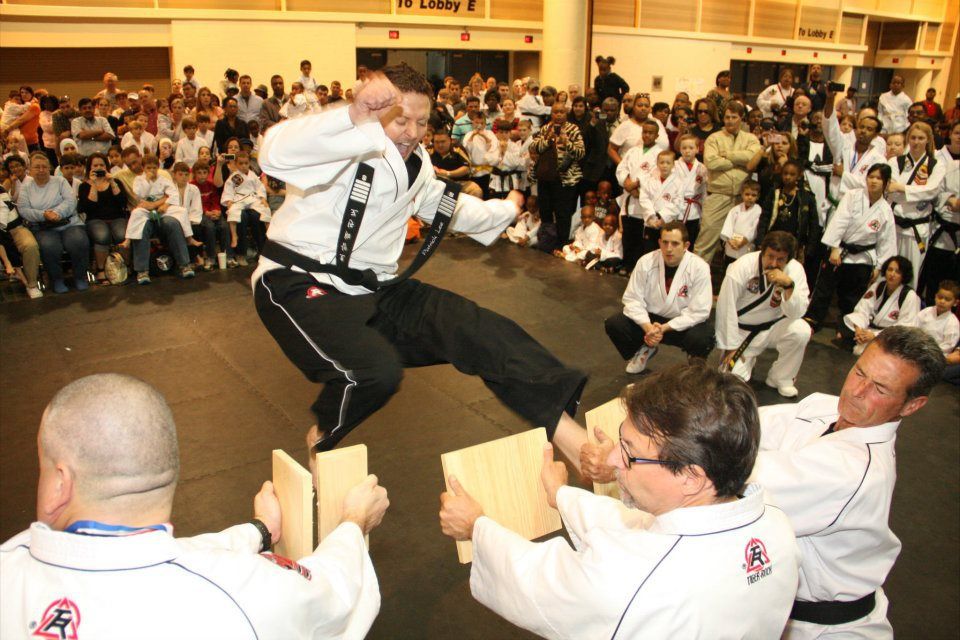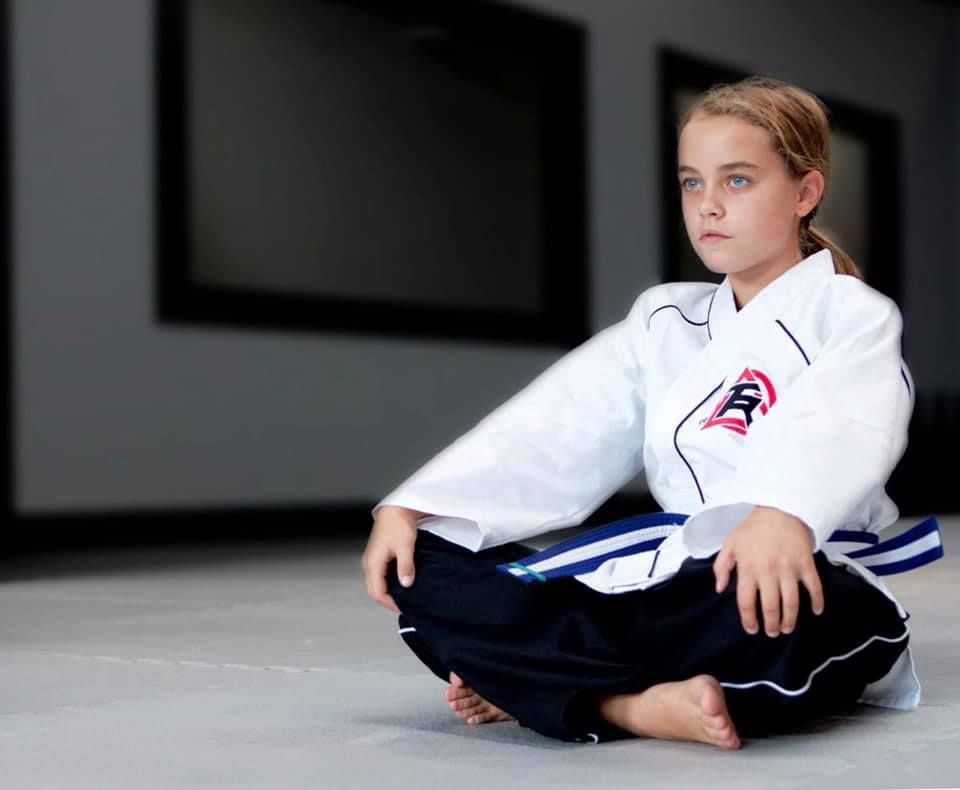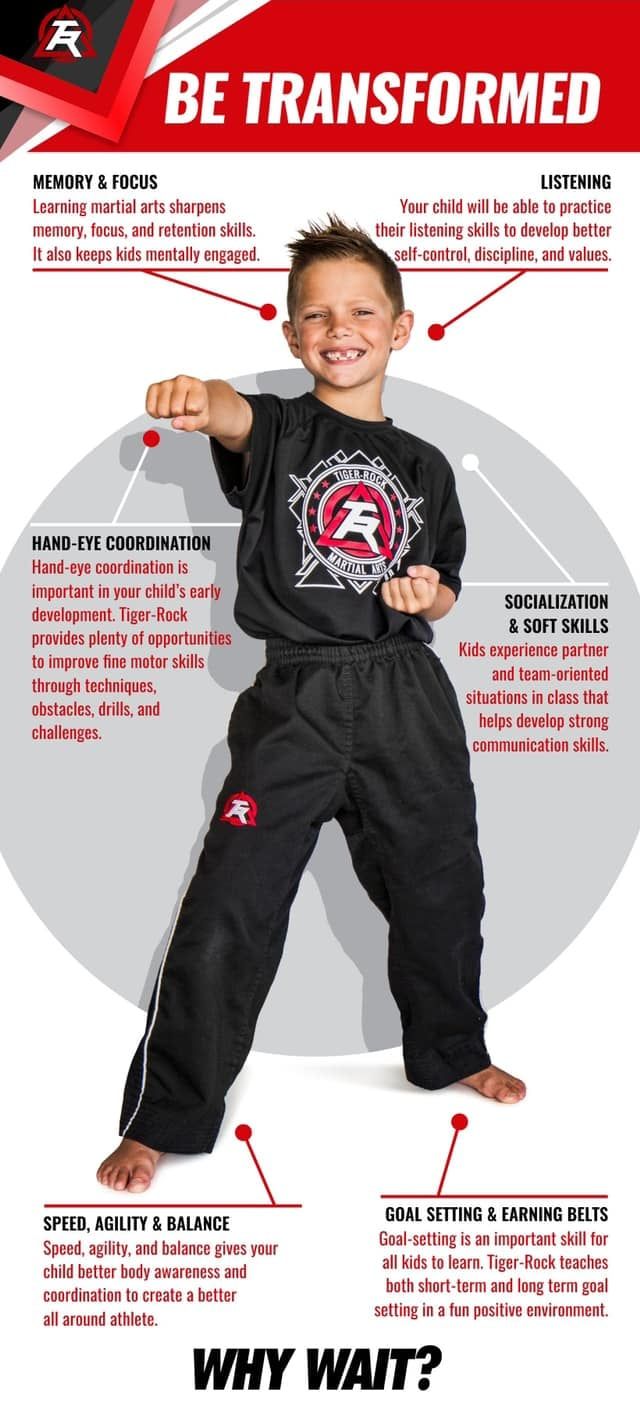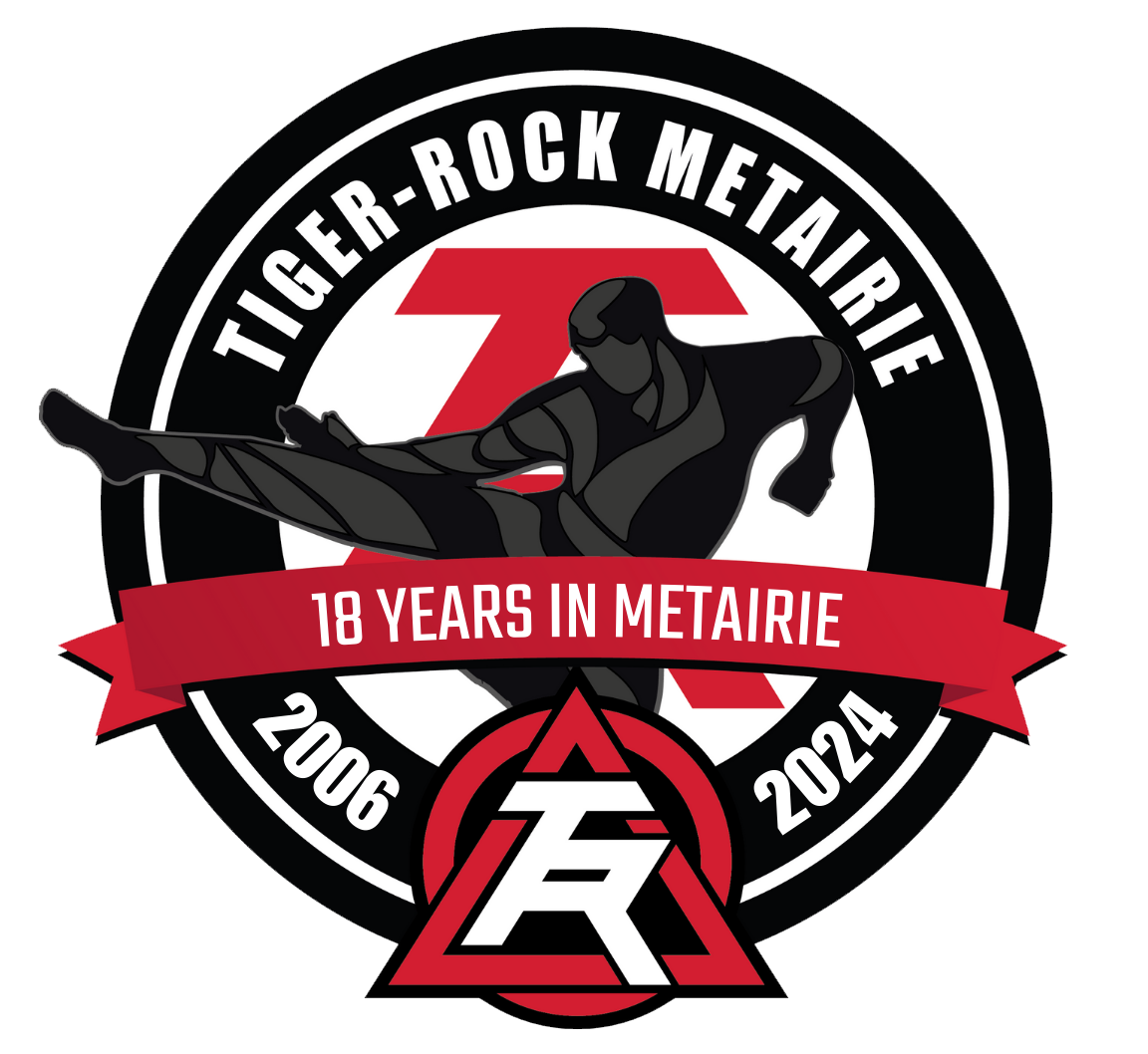Tiger-Rock Metairie Blog

Martial arts masters are among the most extraordinary physical specimens the human race has produced. Remember, Jean-Claude Van Damme was fifty-three when he performed his famous split between two moving trucks and Jackie Chan still performs many of his own stunts as he pushes towards sixty. These men aren't far from qualifying for a senior discount at Old Country Buffet and they can still break bricks with their feet. Say what you will about fad diets and sports training; if you want health that lasts, martial arts can provide it. The chief benefit of picking a martial arts class over a personal trainer is that it can be just as effective, and far cheaper. A personal trainer can run you fifty dollars an hour, whereas martial arts dojos tend to charge around sixty dollars per month. Obviously, you get what you pay for. There are good dojos and bad dojos, and you should always do research before signing up. See if you can observe a class or two before diving into training, maybe get some testimonials from other students. Also, consider the different styles of martial arts to see what best fits your body type and constitution. Karate is popular for good reason, and its black belts are rightly feared. Krav Maga is brutal, aggressive and opportunistic, a favorite amongst MMA fighters. Hapkido's grapples and throws tone the legs and strengthen the back. It's all about finding the right match. Once you've signed up, donned your karate gi or sweatpants, and started the laborious process of improving your striking speed one punch at a time, you may find a sense of accomplishment and progress that a simple trip to the gym can't always match. A gym is a torture chamber. A dojo is a place of learning. Like in a sport or dance, martial arts are about building a skill set through physical conditioning. You have a clear goal, a carrot to dangle as your body pleads with you to quit. The sweat is the same, the carbs are still burning, but the attitude, the energy of the activity is very different. You're not just getting thinner; you're becoming a warrior. A typical training session will involve cardio and flexibility exercises, often in conjunction with the actual routines of punches, kicks and grapples. As your elbow strike improves, so does your spinal rotation. As your kick gets higher and higher your tendons become looser and better for jogging. It's a full body tune-up. Classes will often involve a healthy dose of pushups, sit ups, crunches and squats, the same as any personal trainer would have you do. Except this time there's a prize. Do your squats and you get to punch something. Channel the anger and tension and wail on a sandbag. It's all practice. It's all improvement. Of course, a martial art is best used in conjunction with a healthy diet and regular exercise. Sadly, there are no cheat codes for weight loss, and a weekly jiu-jitsu class does not replace the need to jog once in a while. Fortunately, martial arts instructors possess a wealth of fitness tips they're only too willing to share. The monthly fee comes with classes, training, and a fountain of knowledge, a deal few personal trainers can hope to match. But most importantly, martial arts have one key benefit over other fitness regimens: the sense of focus and confidence it instills. A martial artist's "inner peace" is not just Hollywood fluff. Knowing how best to break someone's nose can do wonders for your self-confidence. Insults don't hurt when your knuckles are bleeding from fifteen minutes of jabs and crosses. Of course, you should never instigate violence if it can be helped, nor lord your newfound martial prowess over strangers in the hopes someone will throw a punch and give you some practice. That is contrary to every martial art philosophy in the world. And yet, understanding violence robs it of its power. Knowing what to do and how to react removes the uncertainty. Suddenly, you feel in control . As Bruce Lee said, "There are no limits. There are only plateaus. And you must not stay there, you must go beyond them." Print that out and put it in front of your treadmill and watch the pounds roll off. By John Keefe





